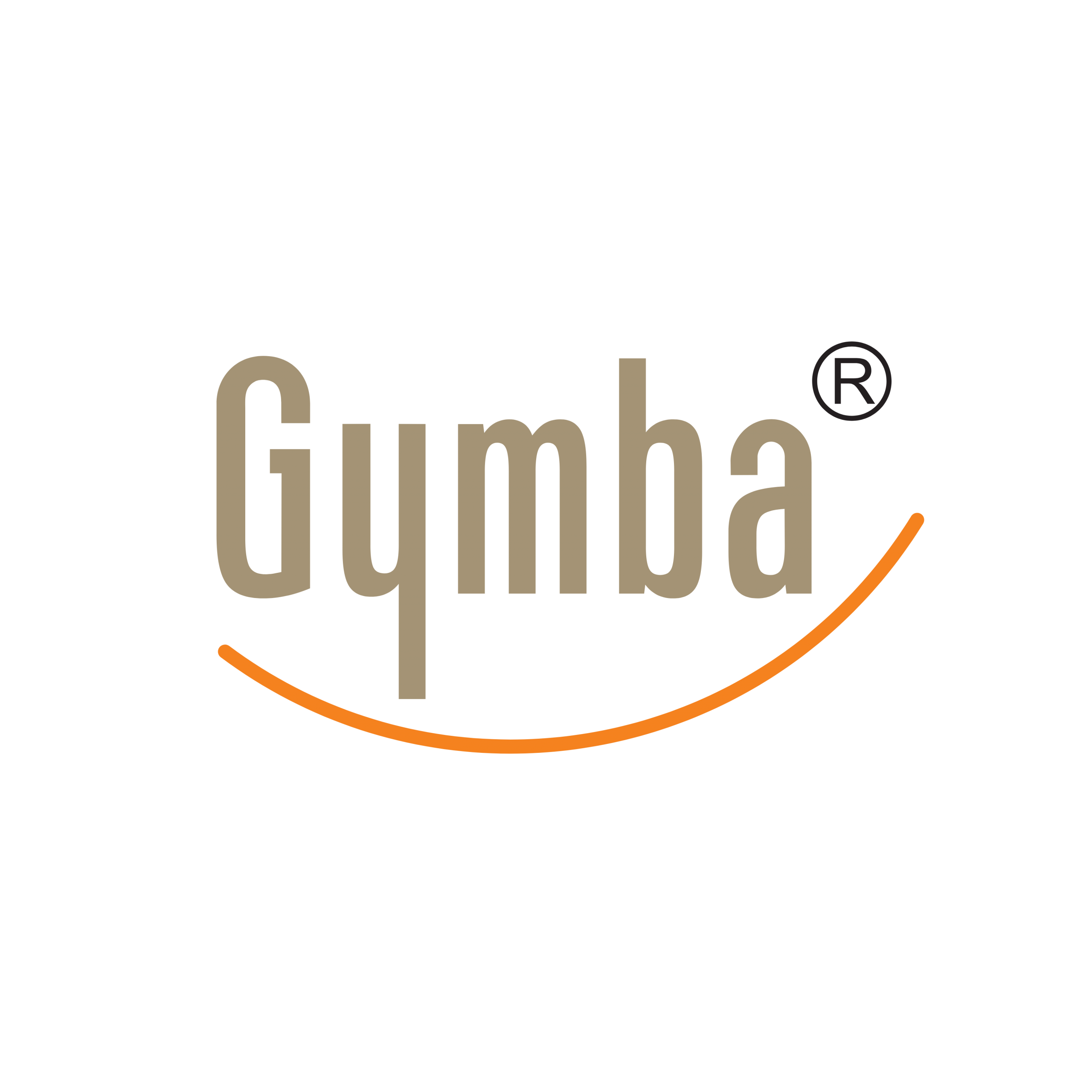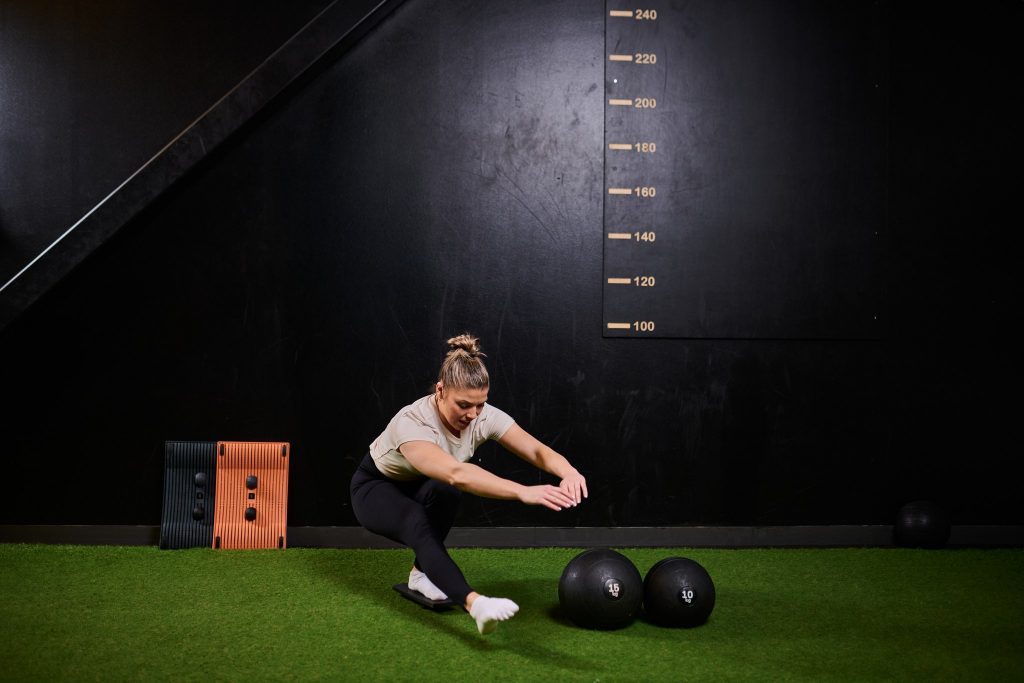Range of motion is fundamental to overall physical wellness, yet it’s often overlooked in fitness routines. Whether you’re an athlete looking to enhance performance or simply want to move more comfortably in daily life, improving flexibility offers numerous benefits. These simple drills can help anyone increase their range of motion, supporting better movement patterns and reducing injury risk. Best of all, they require minimal equipment and can be adapted for any fitness level.
Why range of motion matters for overall fitness and health
Limited range of motion affects far more than just your workout performance. When muscles and joints become restricted, even simple movements like reaching overhead or bending to tie shoelaces become challenging. This limitation gradually impacts your posture, walking pattern, and ability to perform everyday tasks efficiently.
For athletes, restricted mobility creates compensation patterns that reduce power output and performance. A runner with tight hip flexors, for instance, will have a shorter stride length, while a tennis player with limited shoulder mobility won’t achieve full power on serves.
From a physiological perspective, improved flexibility delivers multiple benefits. Better circulation is perhaps the most immediate advantage, as stretching increases blood flow to muscles and tissues. This enhanced circulation speeds recovery, reduces soreness, and delivers more nutrients to muscles.
Flexibility work also significantly reduces muscle tension. Many of us carry unnecessary tension, particularly in the neck, shoulders, and lower back. Regular mobility work helps release this tension, creating a more relaxed state even during challenging activities.
Perhaps most importantly, enhanced range of motion supports functional movement patterns—the way your body is naturally designed to move. When joints move through their full range, you recruit muscles properly and reduce wear and tear on joints.
5 essential flexibility drills for beginners and athletes
These fundamental flexibility exercises target major movement patterns and muscle groups. Each can be modified based on your current mobility level:
1. Active hip flexor stretch
Begin in a lunge position with your back knee on the ground. Keep your torso upright, gently squeeze the glute of your back leg, and shift your weight slightly forward to feel a stretch in the front of your hip. Hold for 30 seconds each side.
Beginner modification: Use a chair for support.
Advanced progression: Add a gentle rotation away from the front leg.
2. Thoracic spine rotation
Lie on your side with knees bent at 90 degrees. Extend your top arm forward, then rotate it in a wide arc overhead while following it with your gaze. Return to start. Perform 8-10 rotations per side.
Beginner modification: Reduce the rotation range.
Advanced progression: Place a foam roller under your thoracic spine and perform in a perpendicular position.
3. Active hamstring stretch
Lie on your back. Lift one leg straight up, keeping a slight bend in the knee. Place a strap around your foot if needed. Actively point and flex your foot for 5 repetitions, then hold the stretch for 30 seconds. Switch legs.
Beginner modification: Bend the knee more.
Advanced progression: Add gentle leg circles while maintaining the extended position.
4. Controlled calf stretch
Stand in a staggered stance with your back foot flat and leg straight. Bend your front knee slightly while keeping the back heel down. Hold for 30 seconds, then switch sides.
Beginner modification: Hold onto a wall for balance.
Advanced progression: Perform on a sloped surface or step.
5. Dynamic shoulder mobility sequence
Stand with feet shoulder-width apart. With straight arms, make small circles forward, gradually increasing the size. Reverse direction. Perform 10 circles in each direction.
Beginner modification: Reduce circle size.
Advanced progression: Add light resistance bands.
How to enhance stretching with myofascial release techniques
Myofascial release targets the connective tissue (fascia) that surrounds and connects your muscles. While traditional stretching addresses muscle length, myofascial release techniques help break up adhesions and knots within the fascia, allowing for greater mobility.
The combination of myofascial release before stretching creates significantly better results than stretching alone. Think of it as preparing the tissue for optimal lengthening—like smoothing a wrinkled sheet before trying to fold it neatly.
The Gymba Balance Board MINI for effective myofascial release offers an effective tool for myofascial release, particularly for the feet, calves, and lower legs. By flipping the board to expose its textured surface, you can roll the foot across it to break up plantar fascia restrictions—often a hidden cause of movement limitations up the kinetic chain.
For effective calf release, sit in a chair and place the Gymba Balance Board MINI under one calf. Gently roll the calf across the textured surface, pausing on tender spots for 20-30 seconds. This technique helps release tension that restricts ankle mobility—crucial for many lower body movements and exercises.
Balance training exercises that improve flexibility and stability
Balance and flexibility share a fascinating relationship—improvements in one area often enhance the other. Better balance allows you to safely explore greater ranges of motion, while improved flexibility provides more control throughout movement patterns.
The Gymba Balance Board MINI creates an unstable surface that challenges your proprioception (body awareness) while simultaneously encouraging greater ankle mobility. Try these exercises that combine balance and flexibility:
Single-leg balance with ankle mobilization
Stand on the Gymba Balance Board MINI with one foot. Maintaining balance, perform small ankle circles with your raised foot. Complete 10 circles in each direction before switching feet.
Calf stretch with balance challenge
Place the ball of one foot on the edge of the Gymba Balance Board MINI with your heel on the ground. Lean forward slightly to stretch your calf while maintaining balance. Hold for 30 seconds per side.
Balance board knee drive
Stand on the Gymba Balance Board MINI. Slowly drive one knee up toward your chest, hold briefly, then lower. Perform 8-10 repetitions per side, focusing on control rather than speed.
Creating an effective flexibility routine for long-term results
Consistency trumps intensity when developing flexibility. A brief daily routine delivers better results than occasional marathon stretching sessions. Aim for 5-10 minutes daily rather than 30 minutes once weekly.
For general wellness, incorporate flexibility work after your regular exercise or in the evening before bed. Target major movement patterns rather than isolated muscles, focusing on hips, shoulders, spine, and ankles.
Those rehabilitating from injuries should begin with gentle movements in pain-free ranges, gradually expanding motion as comfort allows. The Gymba Balance Board MINI provides progressive challenge levels that can be adjusted to your current capabilities.
For athletes seeking performance improvements, identify sport-specific mobility requirements and emphasize those patterns. A runner might focus on hip mobility and ankle flexibility, while a tennis player would prioritize thoracic rotation and shoulder mobility.
Regardless of your goals, progression should be gradual. Measure improvement by movement quality rather than arbitrary metrics. Can you perform daily activities with greater ease? Does your exercise form look better? These functional improvements matter more than touching your toes.
Incorporate tools like the Gymba Balance Board MINI to add variety and challenge to your routine. The unstable surface not only improves balance but also engages stabilizing muscles that support your newly developed range of motion, creating lasting improvements in how you move.

